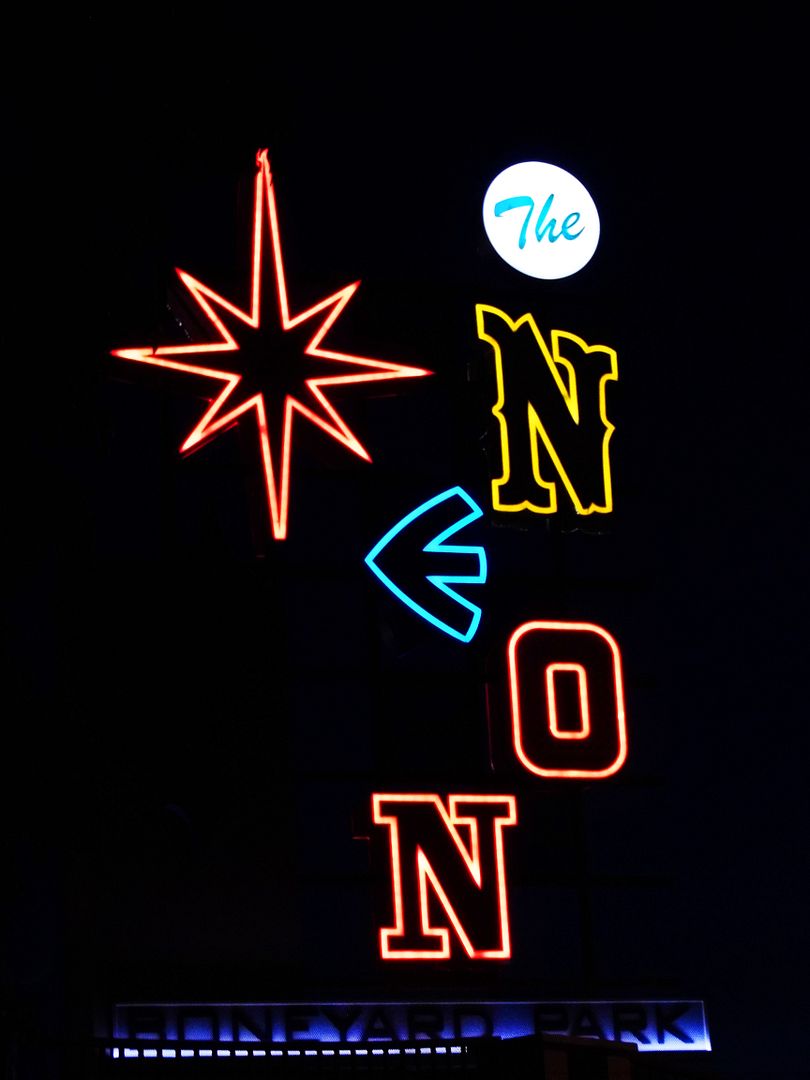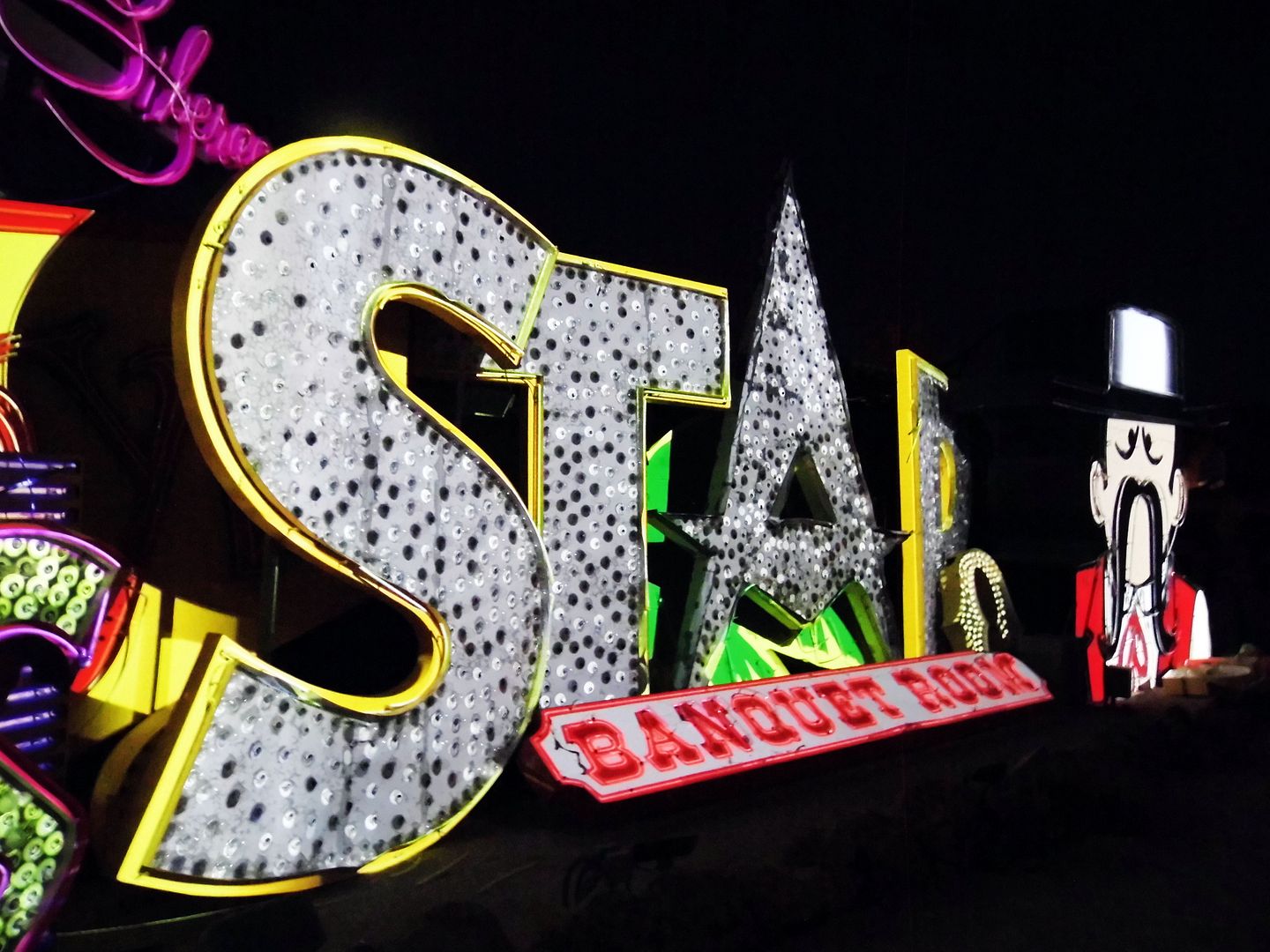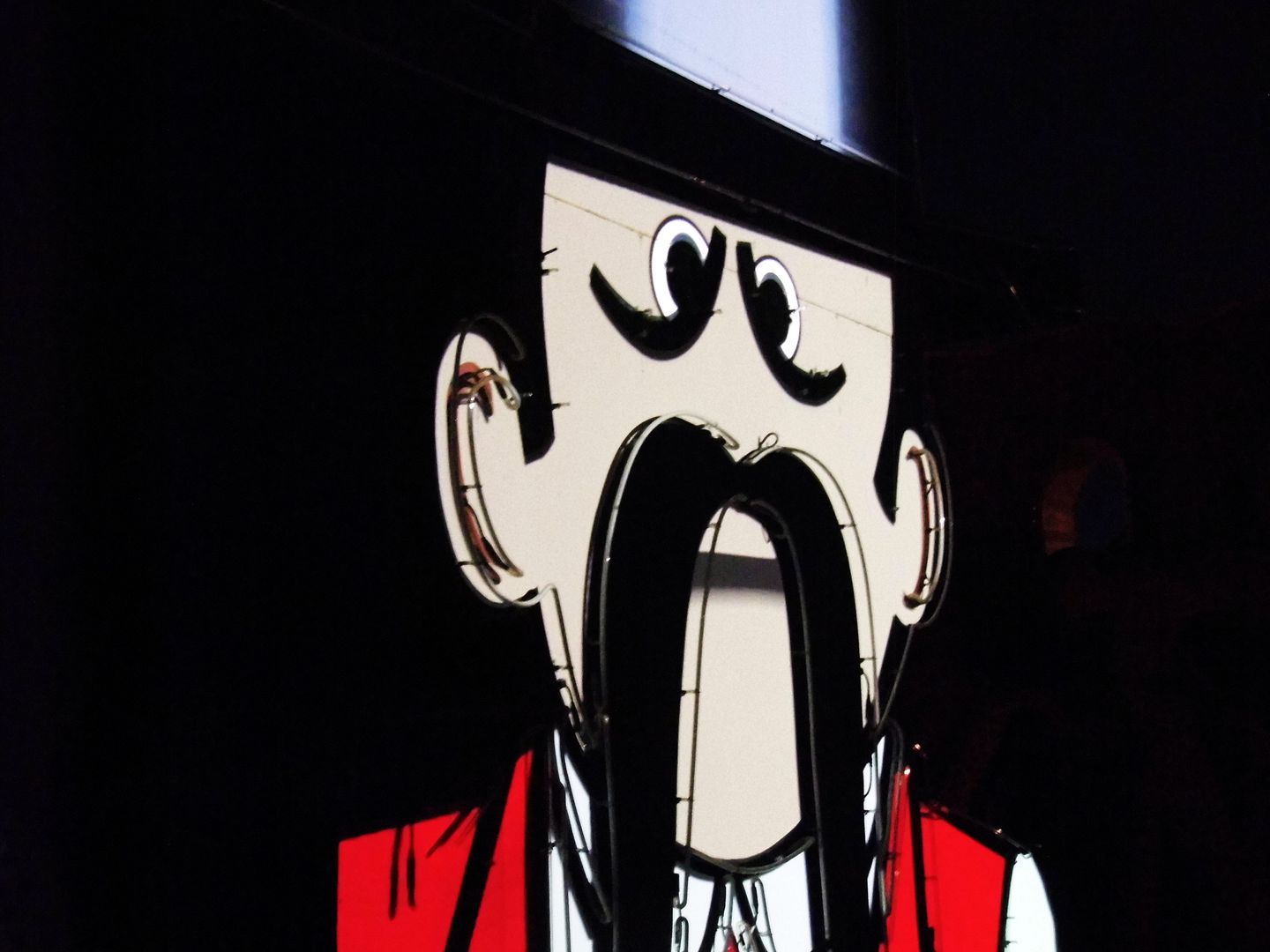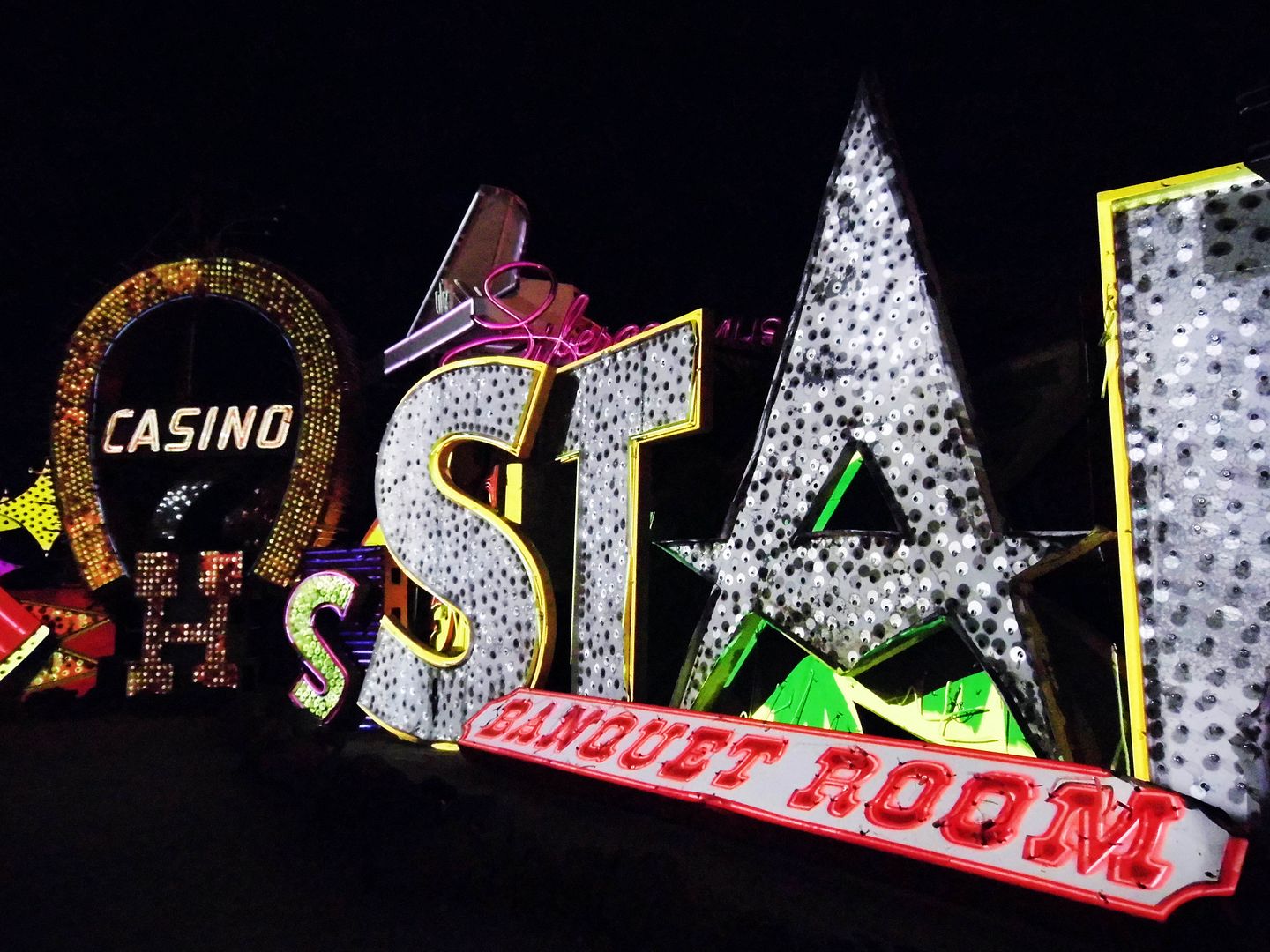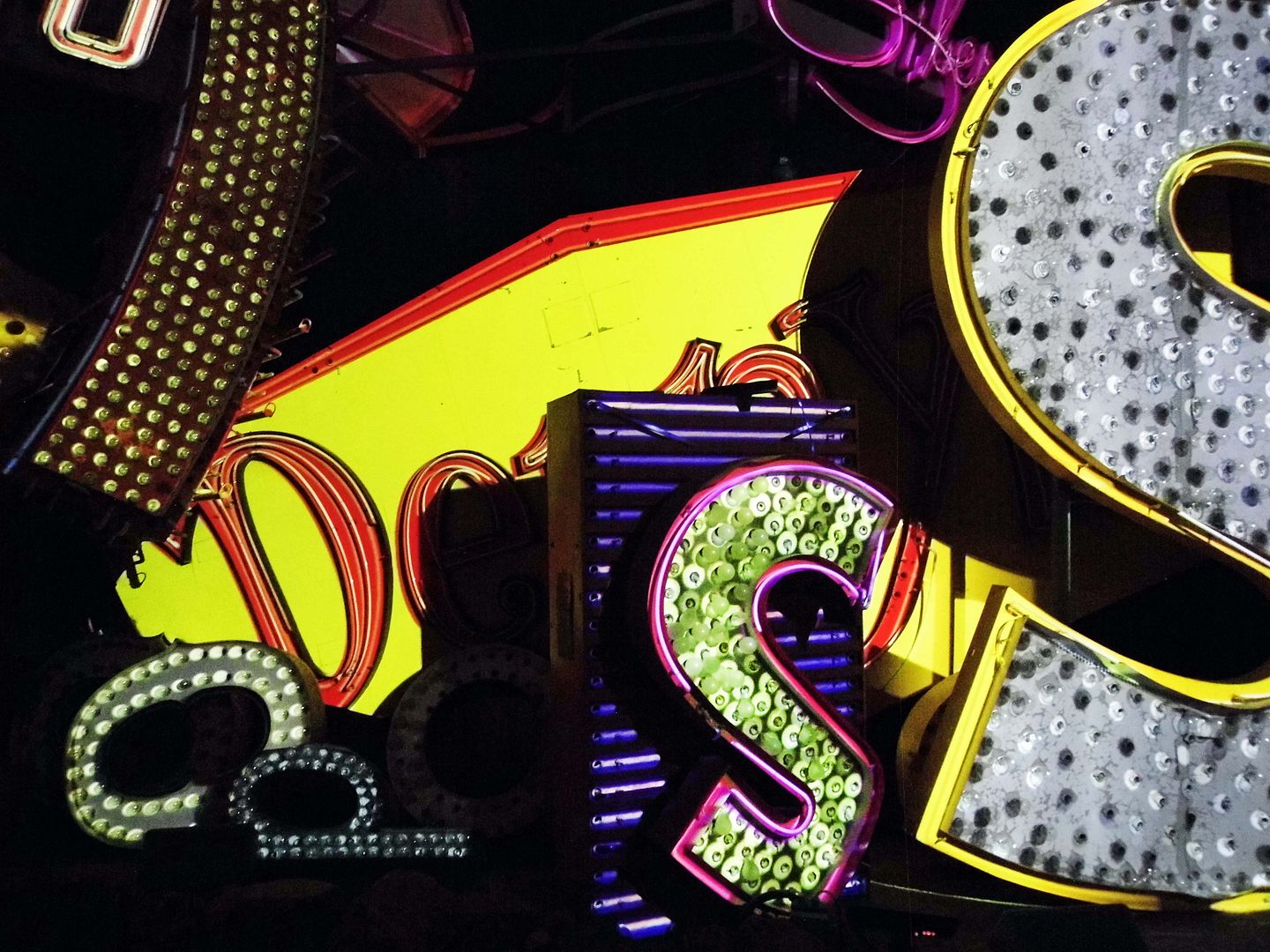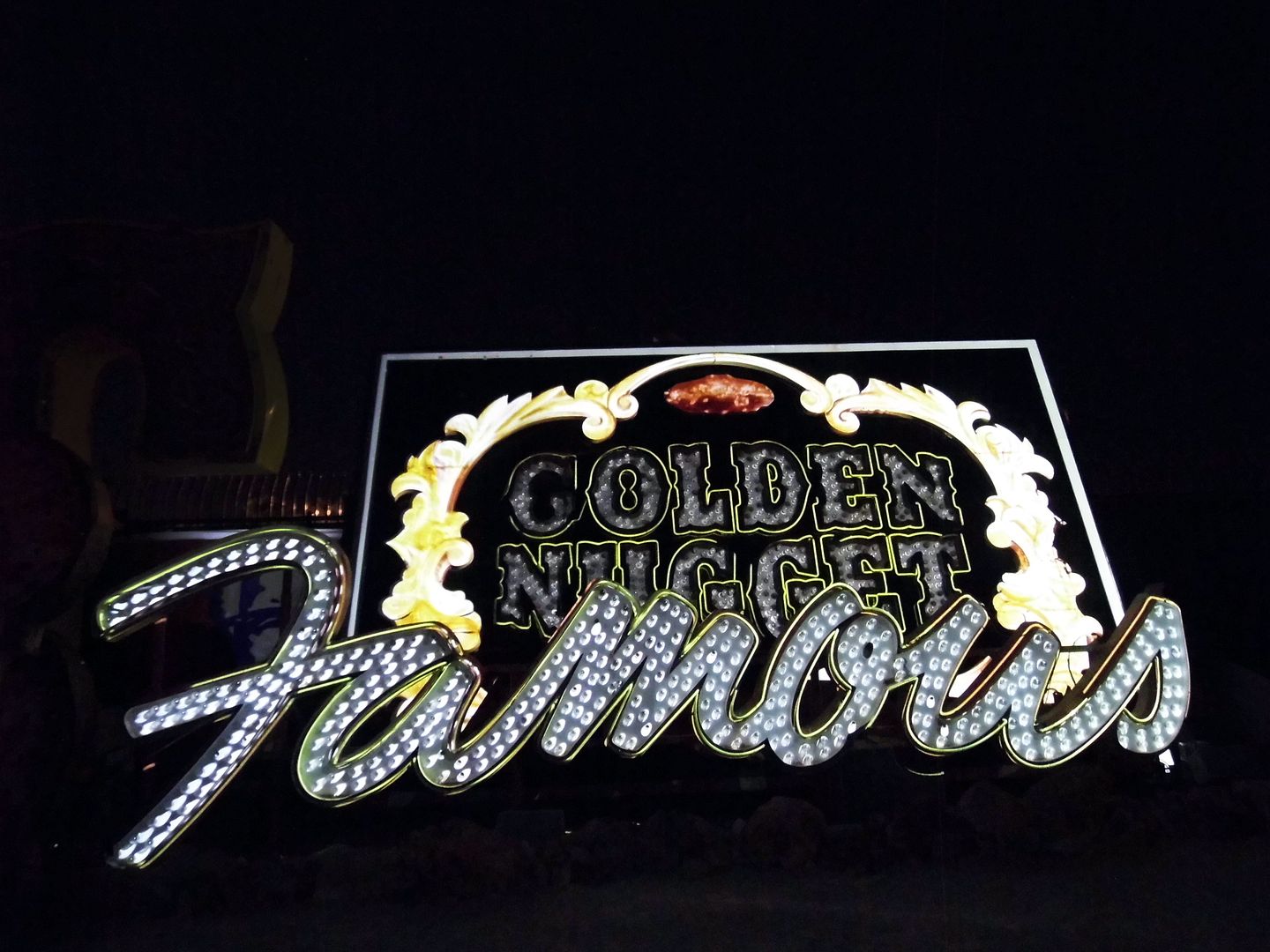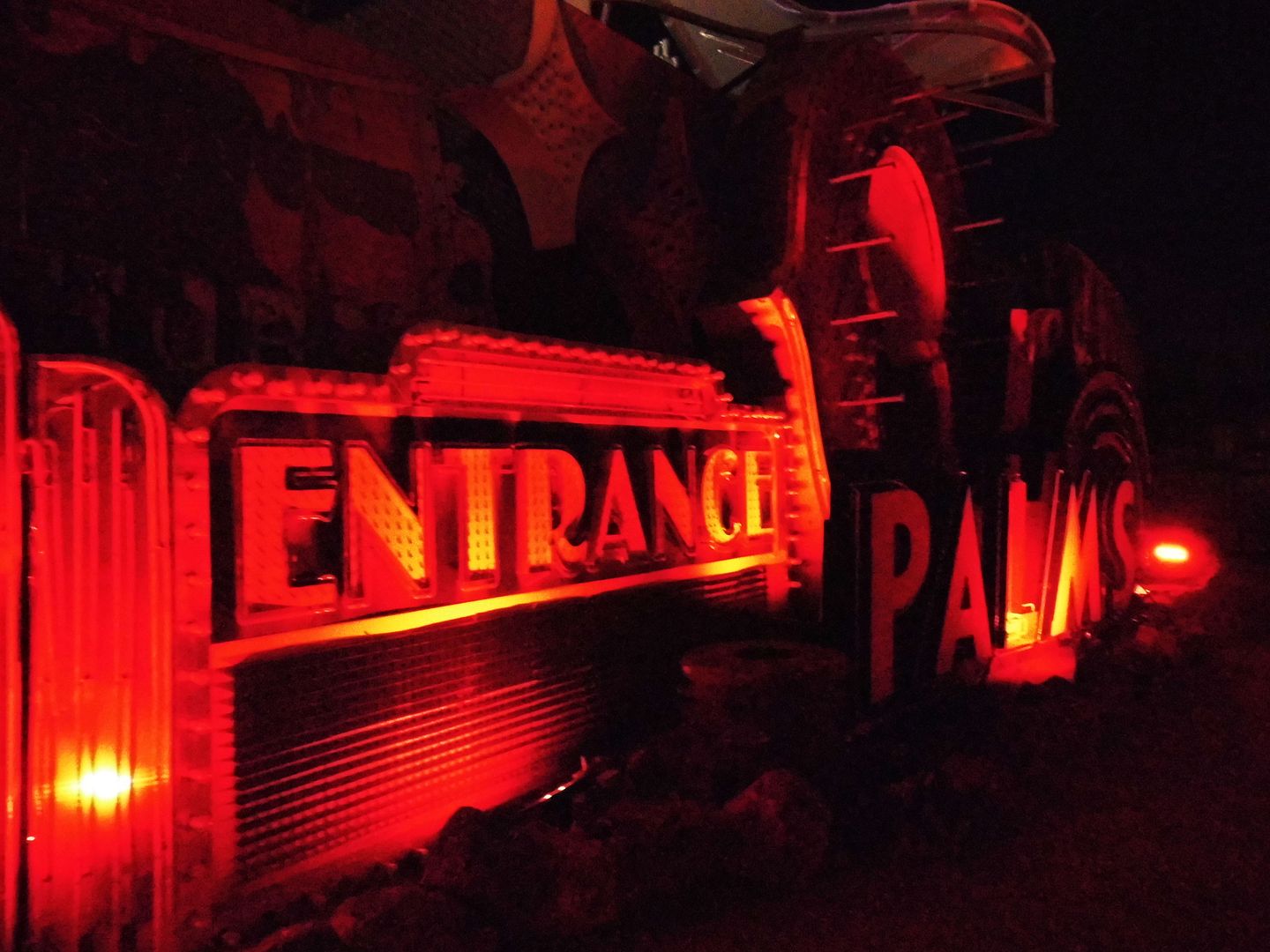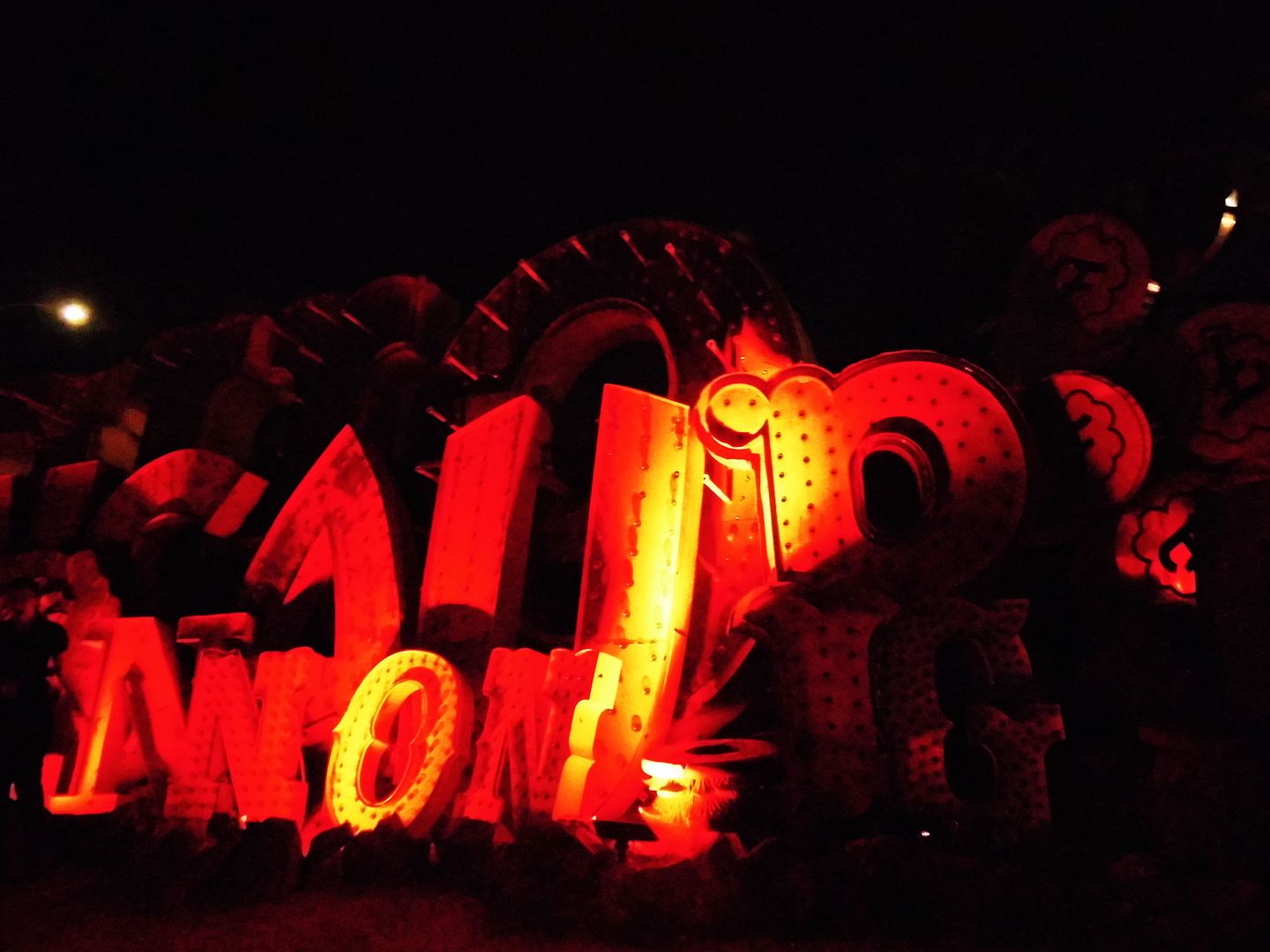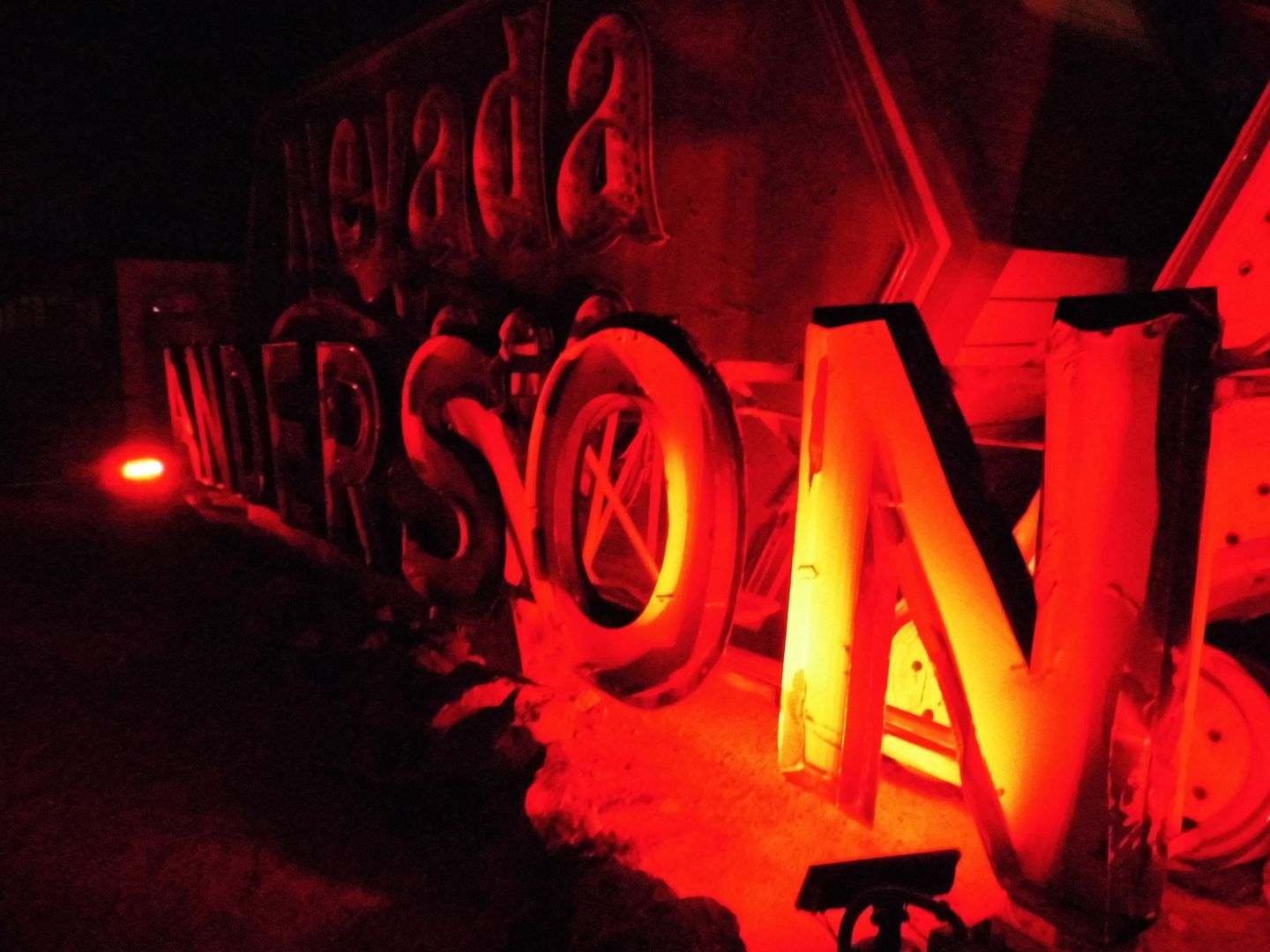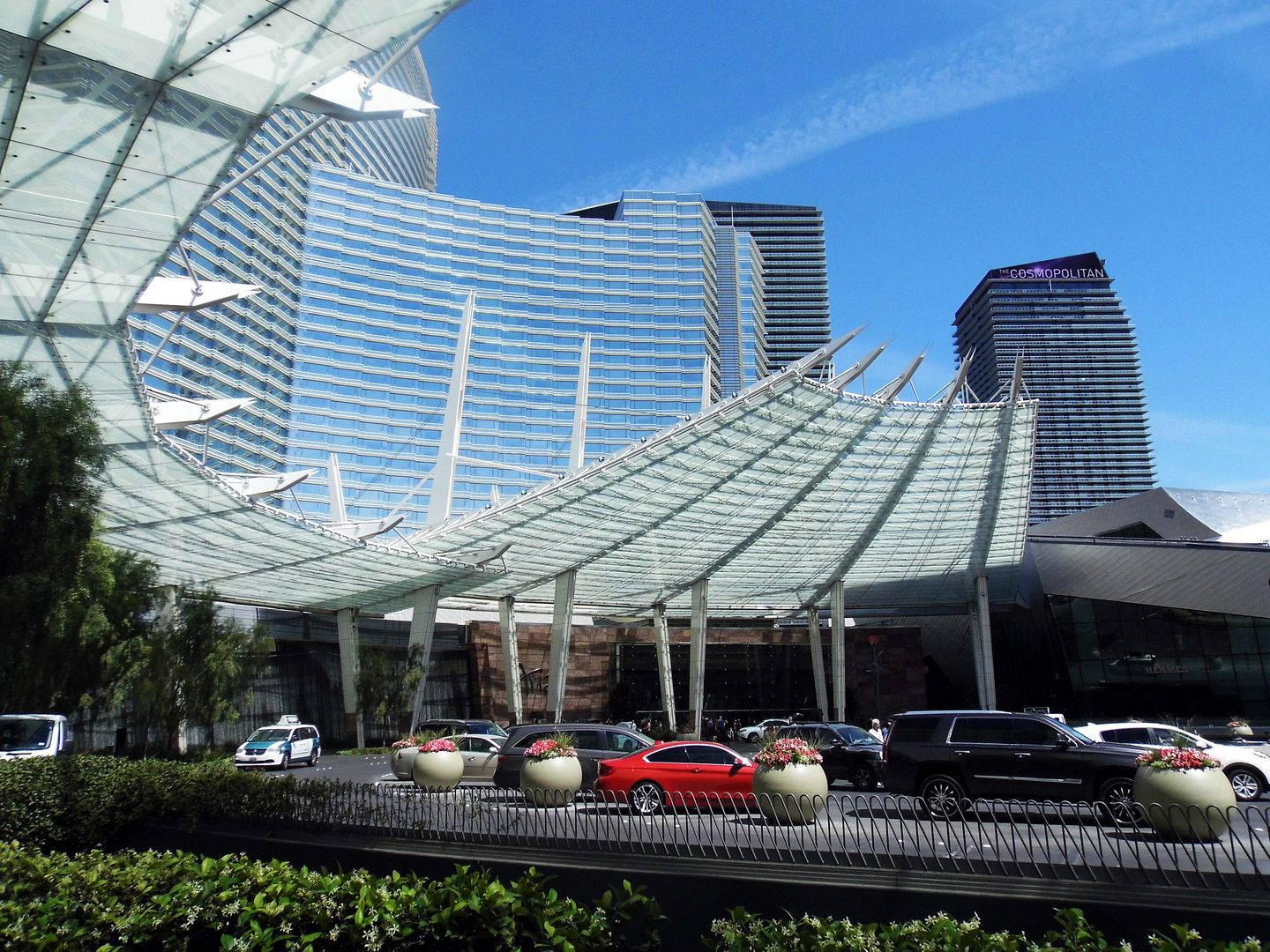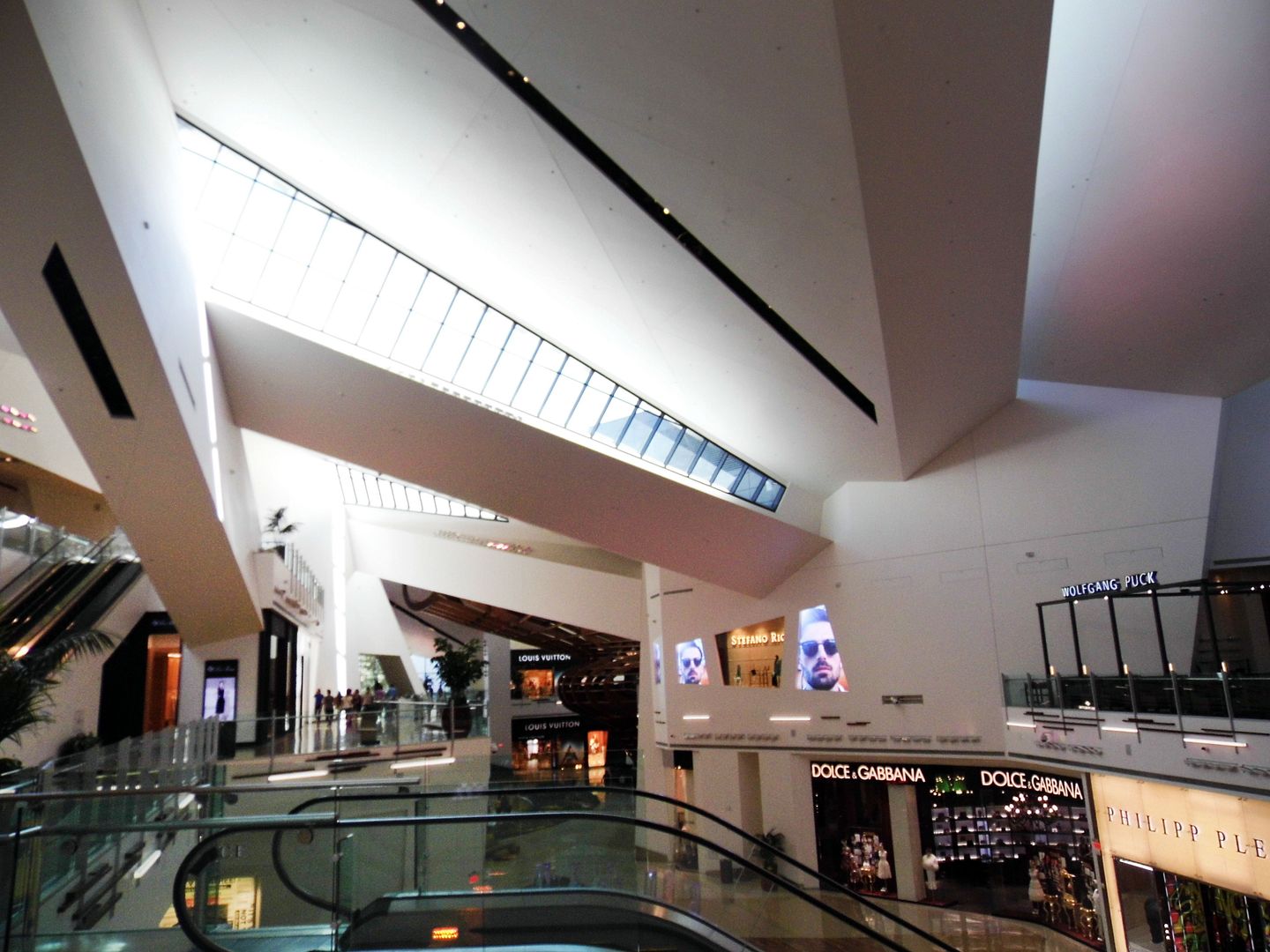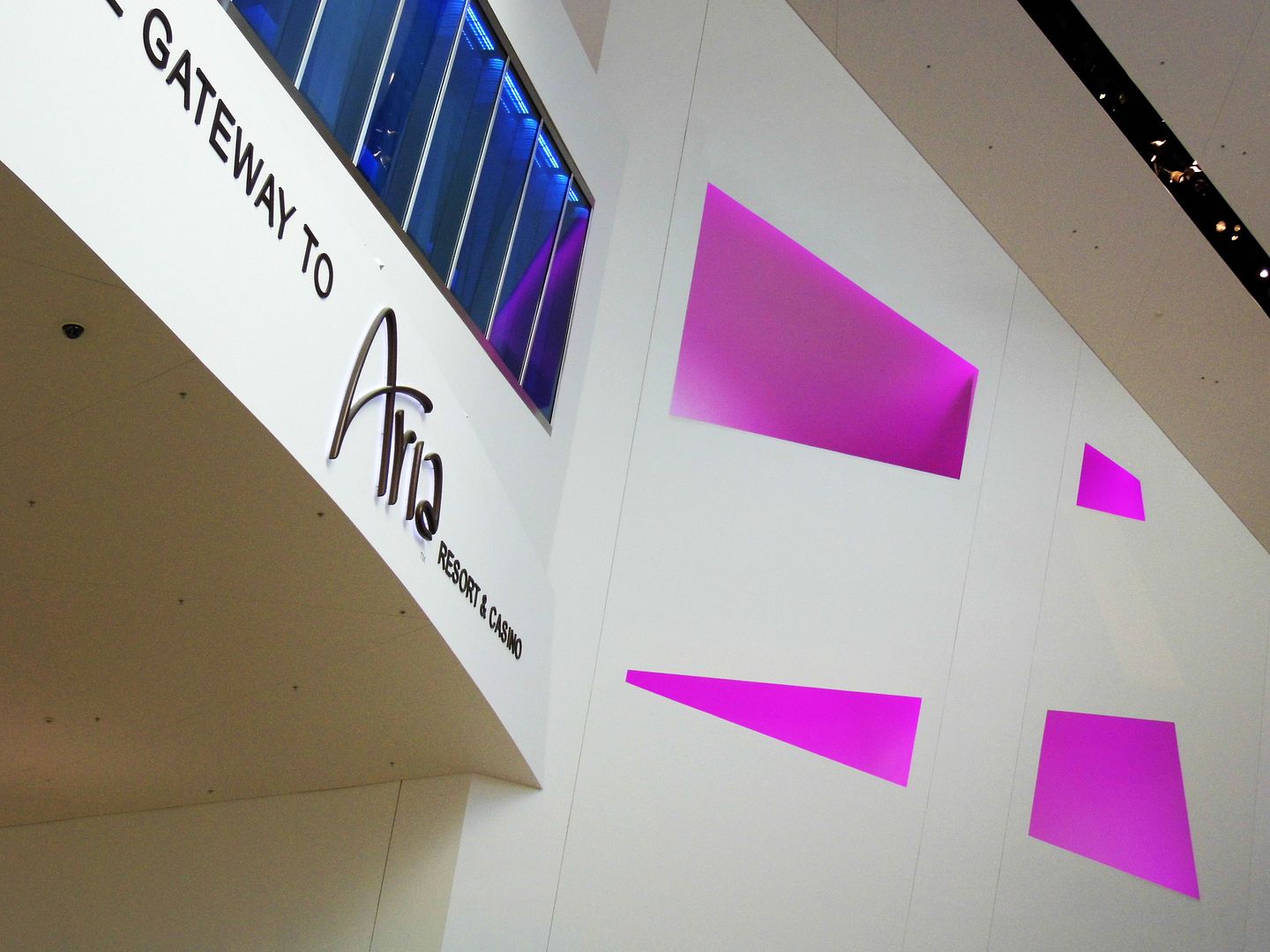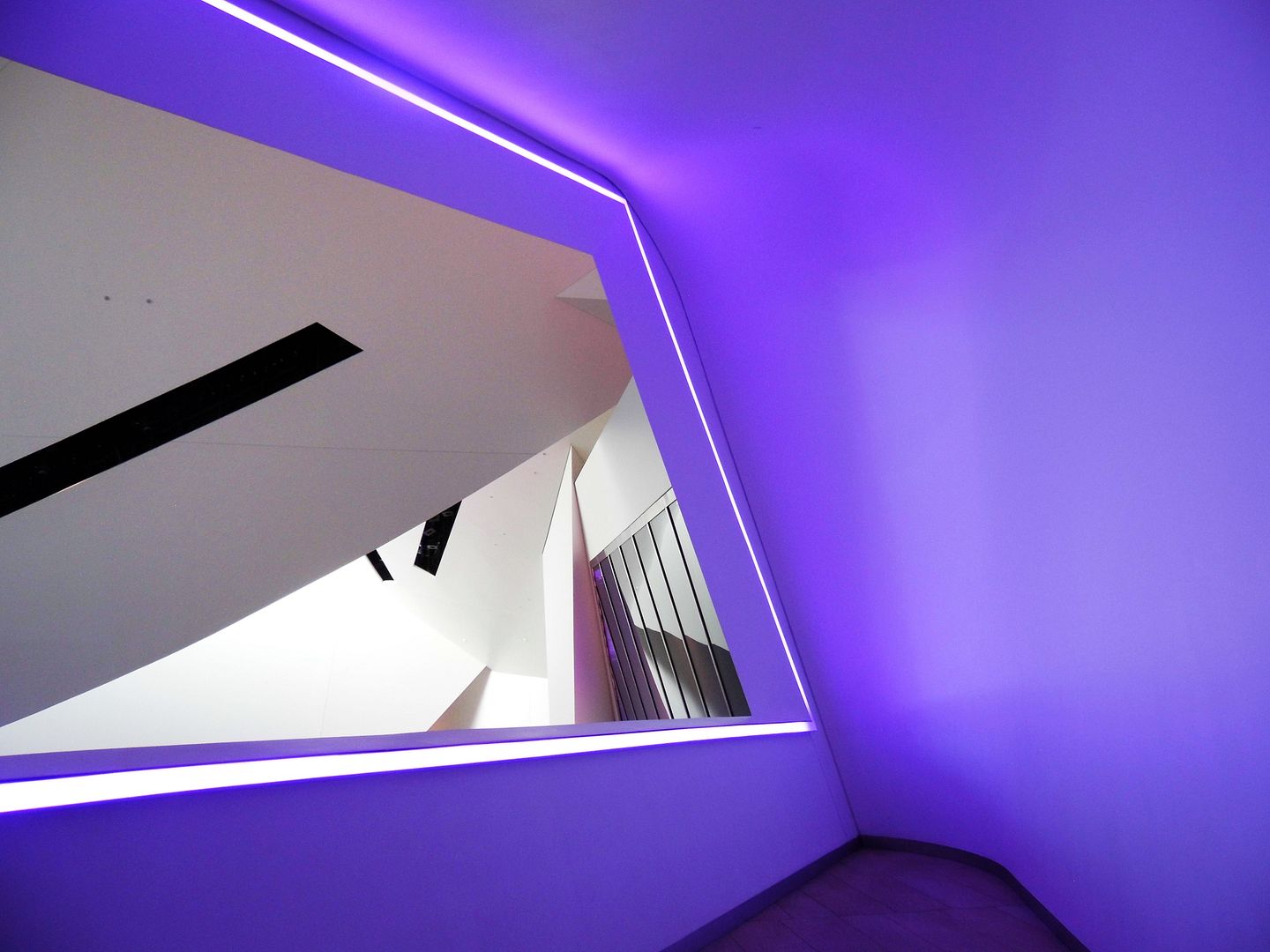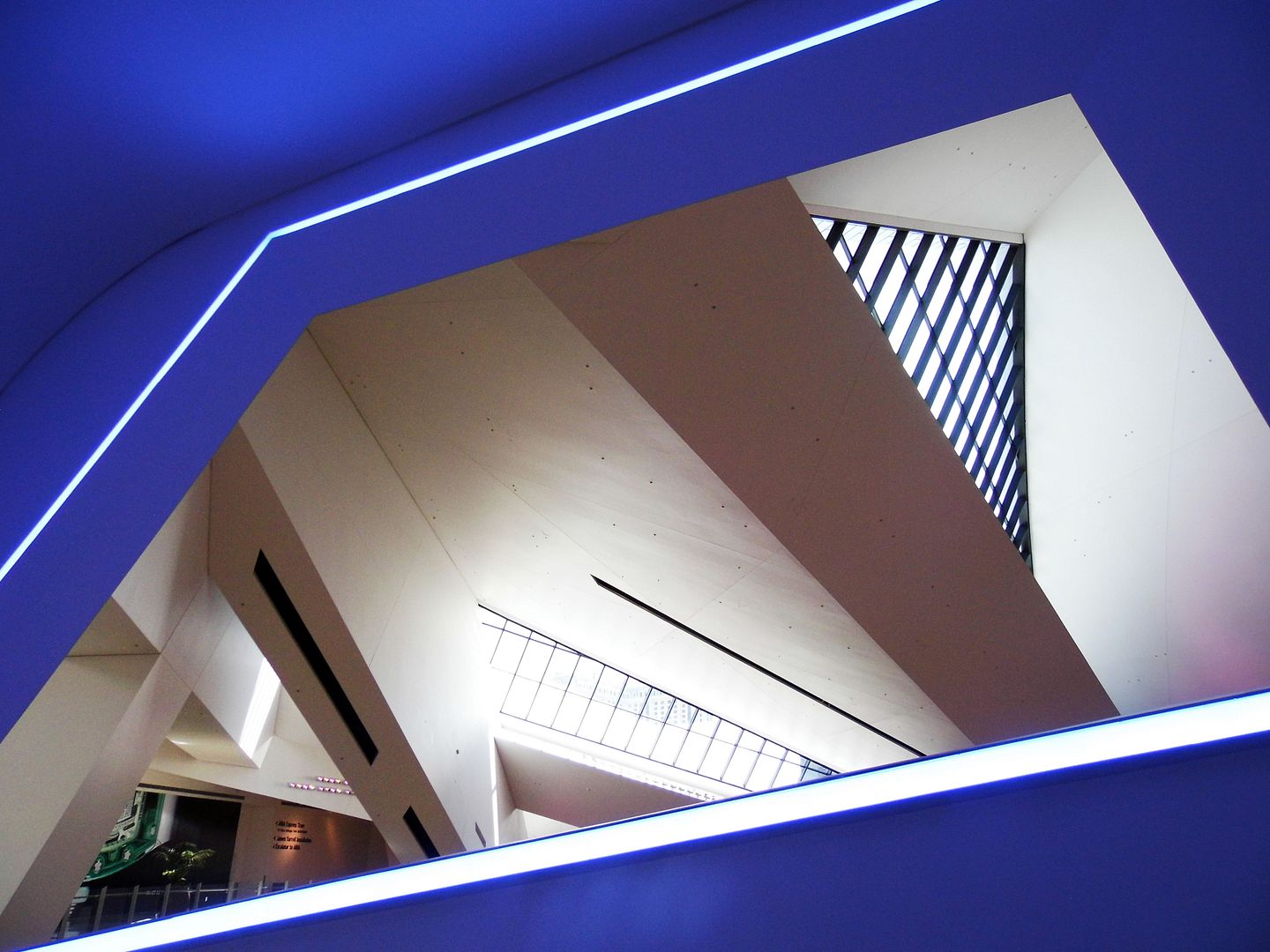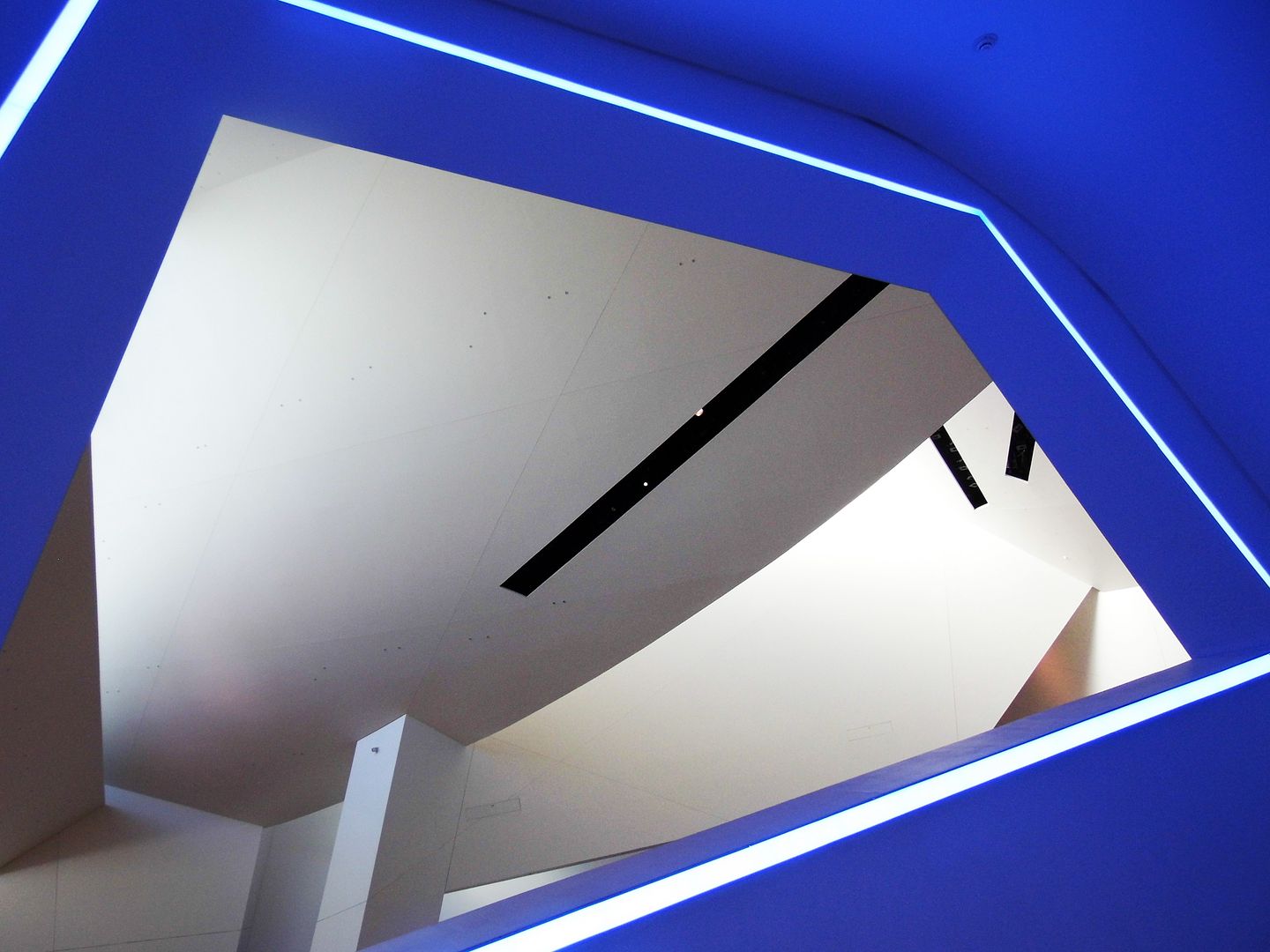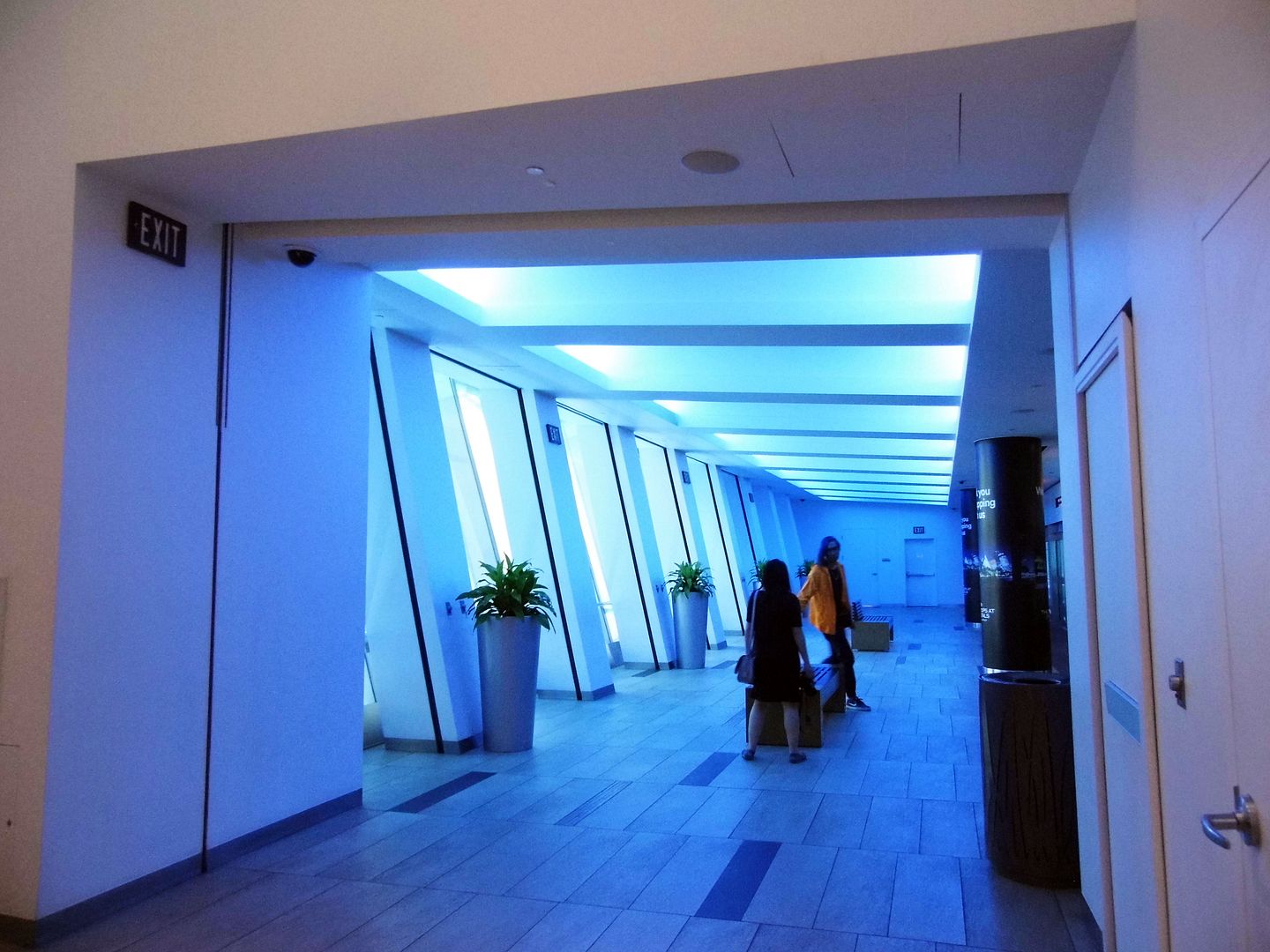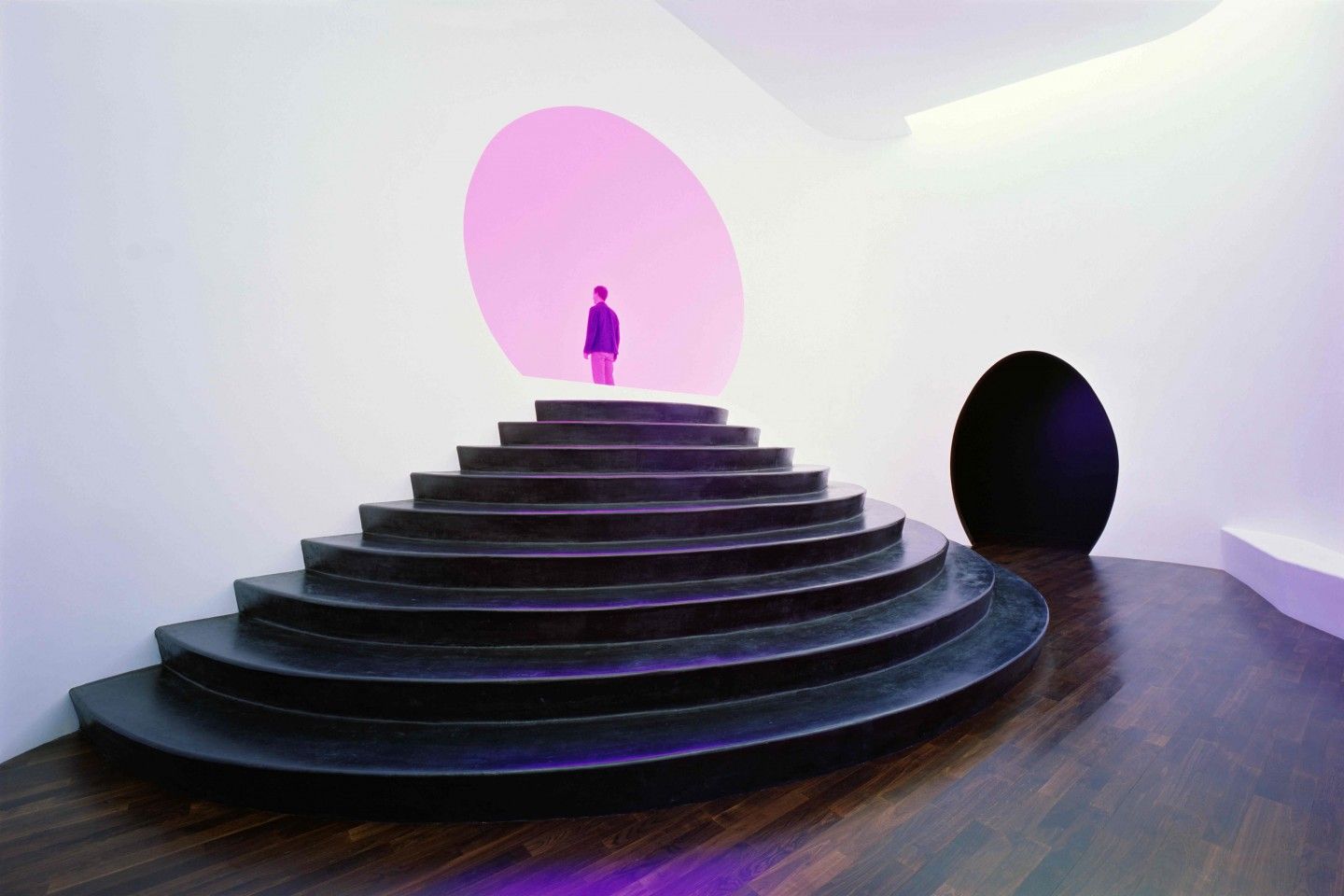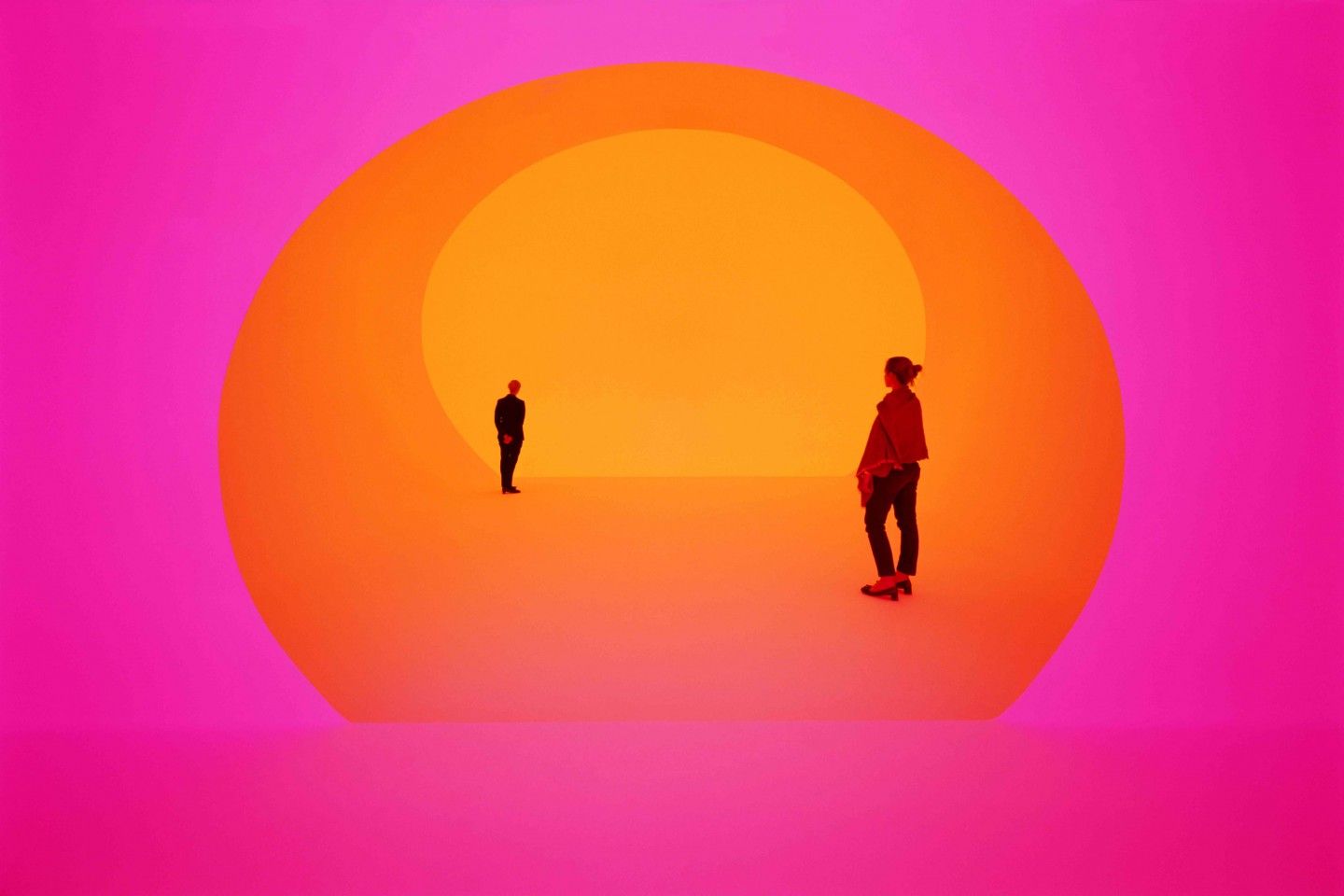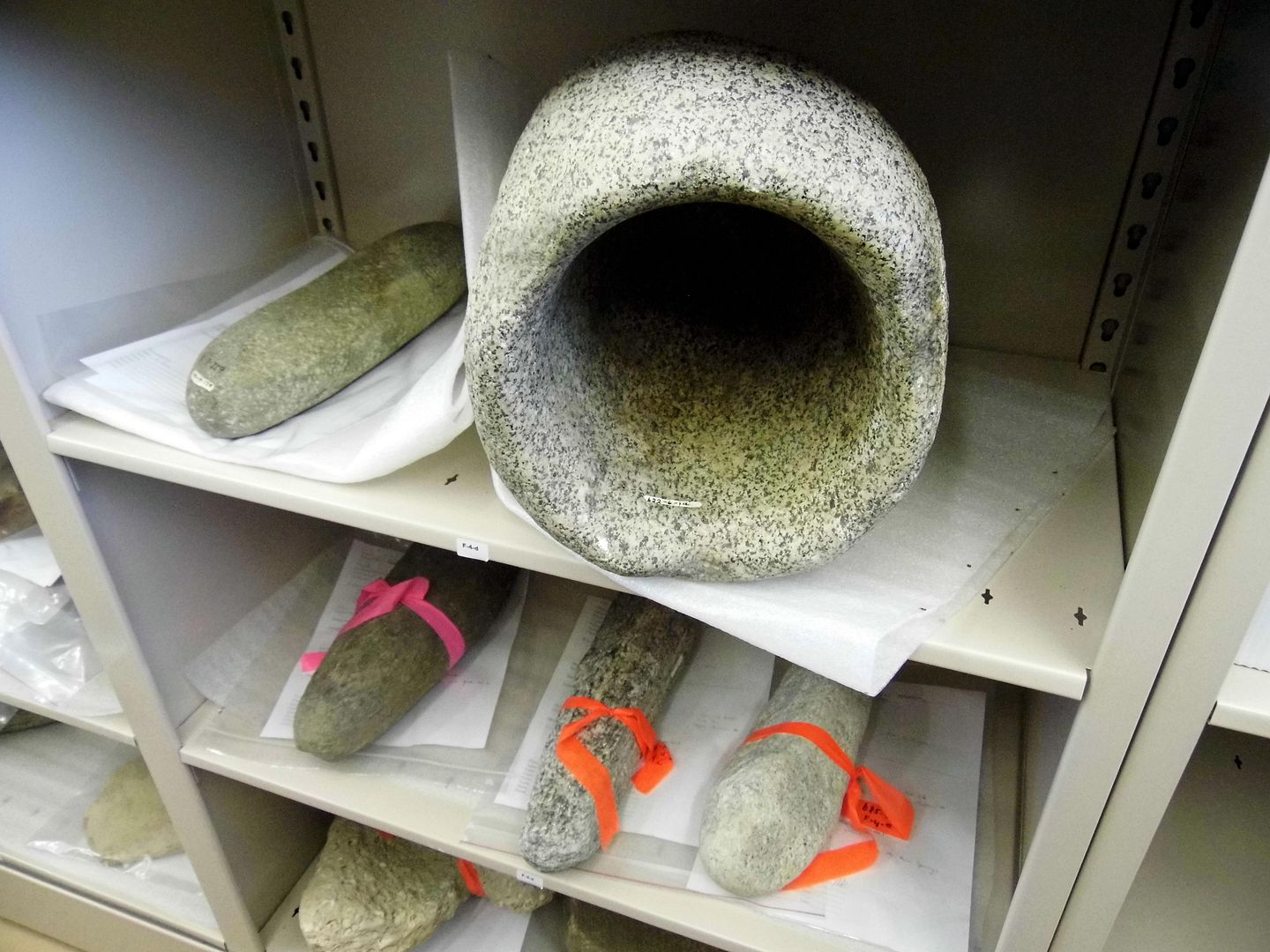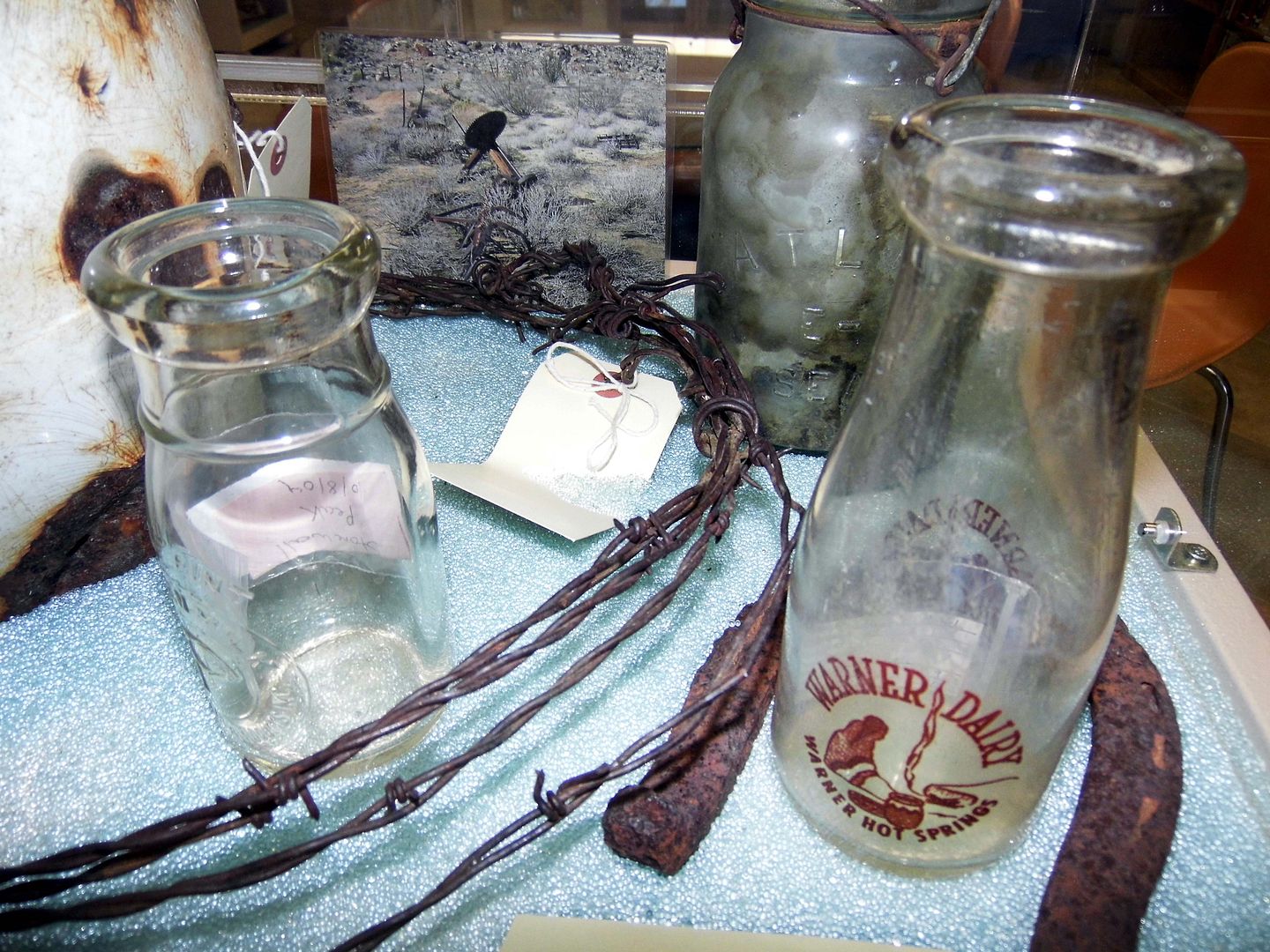
I'll never forget the day I got my second measles vaccine.
The details leading up to it, though, are a little fuzzy.
As I recall, my older sister, a senior in high school, had gotten accepted to Colgate University—a higher educational institution that required certain inoculations for incoming students.
Hep B was one of them—and we all laughed, because my sister was
nowhere near becoming sexually active.
Just 15 months younger, nor was I.
But we still got all three doses.
Another one was MMR—measles, mumps, and rubella.
And my parents figured if they had to take my sister into the doctor's office for shots, they might as well get me vaccinated, too. (A good plan, as it turns out, since I followed my sister to Colgate the following academic year.)
I'd never even
heard of rubella at that point—but I was pretty sure I didn't want to get it.
Besides, at (probably) 16 years old, I didn't really have any choice in the matter.
I was always a sick kid, so I didn't really welcome going to see the doctor when everything was fine. I didn't want to get caught in the fallout of the other germ-bomb kids in the waiting room.
Besides, I was a teenager who, by then, had already seen a gynecologist for some female plumbing issues. It felt
really strange to still be seeing a "kiddie doctor."
But I obeyed. Because that's what I did as a kid. I had to pick my battles.
My sister—usually the
sensitive one—seemed fine after her shot, though she complained of some arm pain. I'd already experienced that with a tetanus shot, so I wasn't too worried.
I never did great with needles, but I was used to that.
When I got the MMR vaccine injected into my arm, it didn't feel like any of the other shots I'd ever had. I didn't really know what was happening, but my arm didn't feel like my own anymore.
And yet, I could still feel it. In fact, I felt it more than I ever had before.
My sister and I ended up in the waiting room together, alone. I don't remember whether our mother was talking to the doctor or providing insurance at the check-in counter or what.
My sister was standing next to me, I on a couch.
I didn't feel so good.
I'd had a history of
fainting and convulsions. And I knew something bad was about to happen.
I remember uncontrollably slumping forward and to the side, into my sister's middle.
And then I remember the shaking.
In my unconscious state, I likened it to being on a bus. And I figured I was going somewhere. To be honest, I thought I was dead and must be taking the bus to heaven.
I didn't see a "white light," but I was happy. At peace.
And then I got
sucked back into reality, just like you see in the movies. Like someone vacuumed me out of my path to Paradise.
I was on the floor. And I began to sob.
I was muttering something about being on a bus and going somewhere, but nobody heard me amidst the hubbub of a fainting patient.
Apparently, after I'd slumped into my sister, she jumped back and I landed on the floor.
Typical behavior for my sister.
I felt devastated. Here I was, back to where I was—going nowhere.
Certainly not heaven.
And in reality, at that point in my life, I was living in hell.
My arm felt weird for a while after that, but there were no long-term adverse effects from the shot.
It wasn't the first time I'd had an out-of-body experience, either.
I'd seen myself from the vantage point of the ceiling two other times when I'd passed out—once in the bathroom while my mother was changing the dressing on a deep cut on my arm (what a neurologist later diagnosed as vasovagal syncope), and once in church when I'd collapsed in an episode of blood pooling or boredom or religious rapture.
Who knows?
It wasn't new to me. But I couldn't figure out why God kept teasing me—taking me away a little bit and then sending me back.
Of course, now as an adult, I don't believe in heaven. I don't think there's any bus I could catch to get me there.
But I do hope that I never have to get another one.
The CDC says that two doses of the MMR vaccine are 97% effective. My immunization record shows I received the live measles vaccine when I was just over a year old, followed by the MMR in 1992.
I should be good.
I shouldn't have to worry about the current measles cases in LA (or anywhere else, for that matter).
Peace of mind is priceless.
But I can't stop wondering about those losses of consciousness I had as a child—those otherworldly transports that shook me to my core and made me rue the day I was ever born.
Related Posts:
Sleeping Through the Fear
Sister Act
